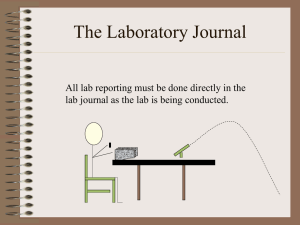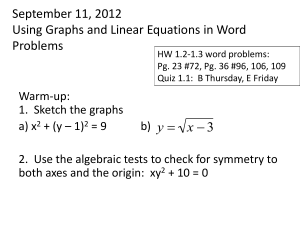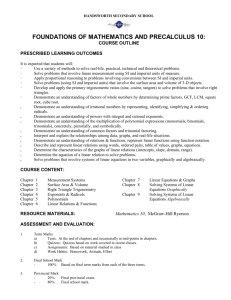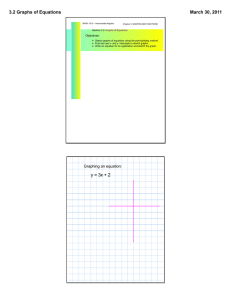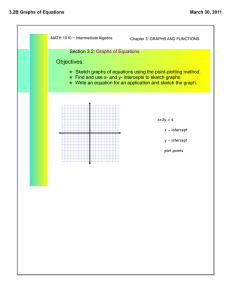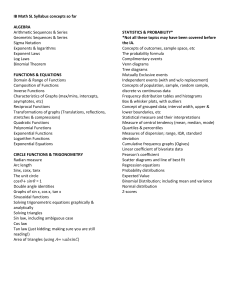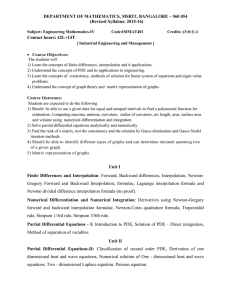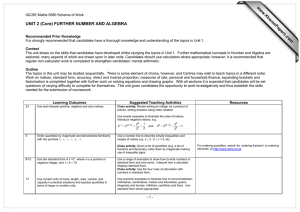The Laboratory Journal
advertisement
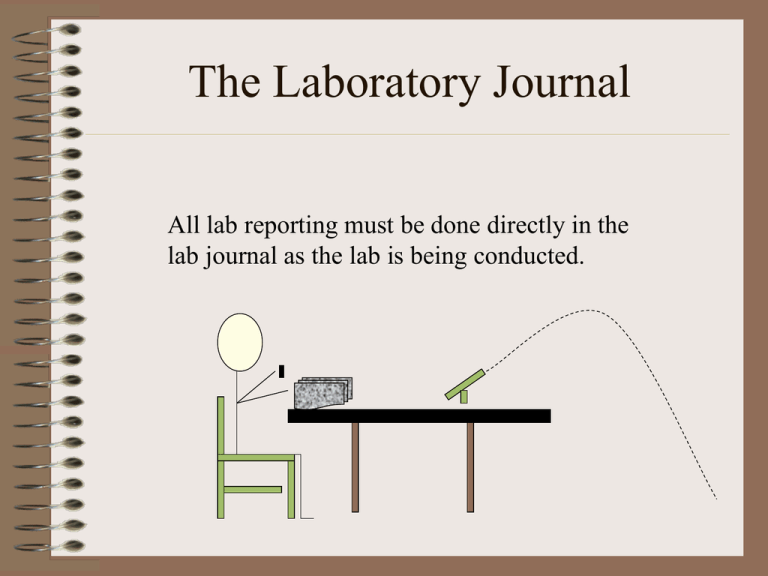
The Laboratory Journal All lab reporting must be done directly in the lab journal as the lab is being conducted. Prepare as much as possible prior to the actual lab day (such as title, problem or purpose, materials needed, and background information)---just to give you more time to work with the equipment. October 12, 201o Jamie Smith Partners: Ryan Reynolds Blake Lively In the uppper corner of the frist page In the upper corner of the first page of each lab, write your name, the date, and names of lab partner(s). Do not tear any pages out of the book or use it for anything besides lab work. If you want to delete something, simply cross it out. Give your lab a title. (should be descriptive of the procedure.) Example: Projectile Motion to a Raised Target State the problem or purpose of the lab. Example: Purpose: To determine the air drag coefficient for a falling coffee filter. Yikes, don’t they make smaller ones? List the materials needed and provide a brief description or diagram of the set-up. Power supply Multimeter Resistor LED A labeled diagram is the quickest and easiest way to do this. Provide a background with necessary equations, derivations of equations, safety comments, notes about procedure that will reduce uncertainty, and assumptions….anything that is important is preparing, setting up, and processing data. Note: Let’s not forget to close the door to prevent drafts when we use the air track. Guess I’ll put that in the Background . Gather data in a data table. Label the headings with units. Construct graphs whenever feasible, making them half-page or full-page so that values can be determined with accuracy. Also include any other observations that may be important in developing the analysis later. Example: Time, t (s) Trial 1 Trial 2 Trial 3 Distance, d (m) A working group with the same lab data may work together to produce and print graphs. However, only those who are actually there as the graph is being created may receive a printout. Excel It’s definitely linear. The analysis is an extremely important part of your lab journal report. This is where you display your understanding of the experiment. Even though the other parts of the lab report may be similar—practically identical—to the others in your group, you must write your analysis alone. It should be your own, unique work, applying the same plagiarism rules you might use on an English or history paper. I think he’s serious about this! Essential features of a good analysis: •Complete sentences in paragraph form. •No question/answer format. Answer the recommended questions in your paragraphs…as if they are part of your thinking. •Discuss uncertainties in measurements and sources of uncertainty in general in the experiment. •Use your graph(s) to write comments, such as meaning of slope, intercepts, area, etc. •Include summary of what you learned from the lab and what might have been improved with a better method or approach. NOT Analysis: “The largest source of error in this lab was human error.” “My lab partner might have measured wrong.” * *Direct quotes from AP Reading.
